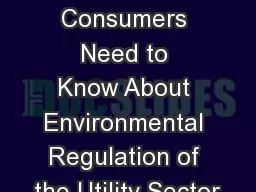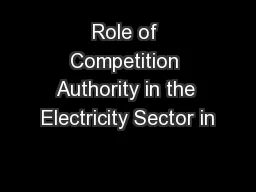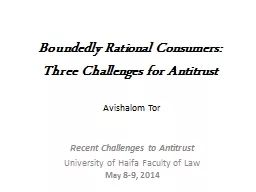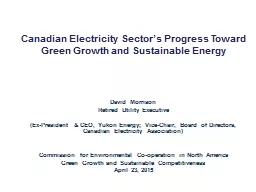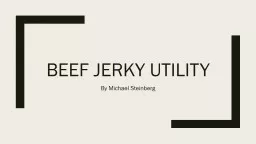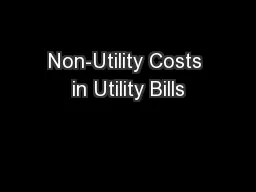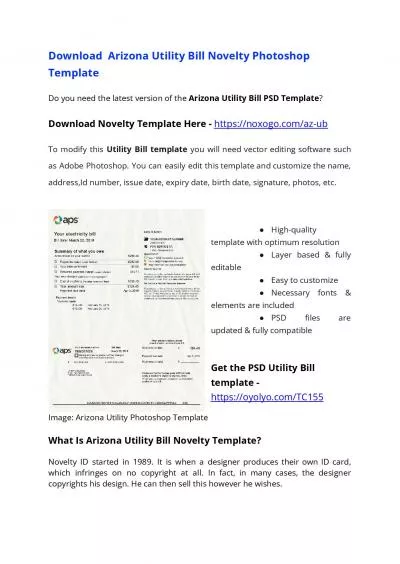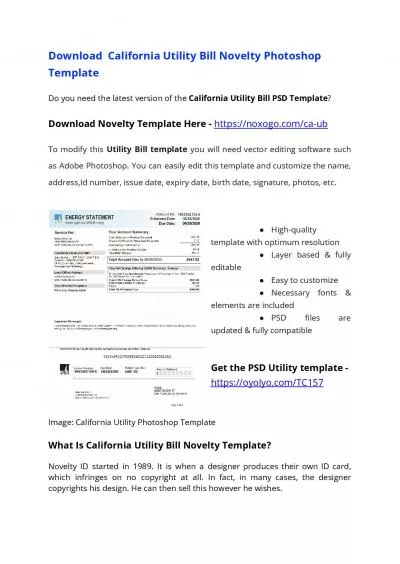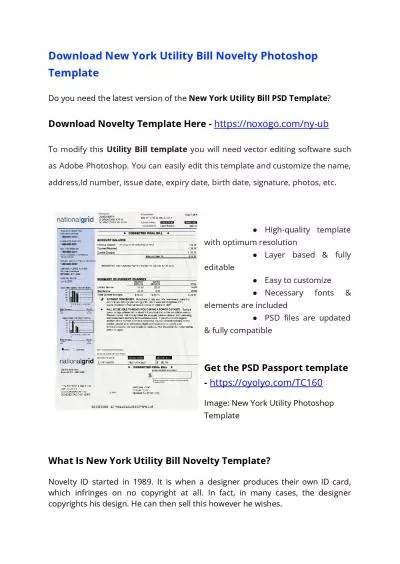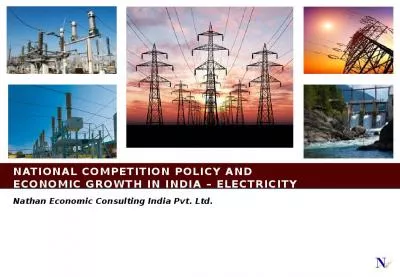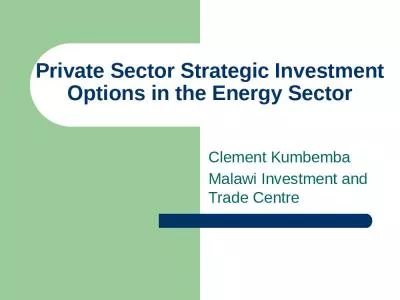PPT-What Electricity Consumers Need to Know About Environmental Regulation of the Utility
Author : stefany-barnette | Published Date : 2018-10-30
Daniel Chartier Director Environmental Markets amp Air Quality Programs BGE Fall Customer Meeting October 31 2013 Edison Electric Institute Trade Association of
Presentation Embed Code
Download Presentation
Download Presentation The PPT/PDF document "What Electricity Consumers Need to Know ..." is the property of its rightful owner. Permission is granted to download and print the materials on this website for personal, non-commercial use only, and to display it on your personal computer provided you do not modify the materials and that you retain all copyright notices contained in the materials. By downloading content from our website, you accept the terms of this agreement.
What Electricity Consumers Need to Know About Environmental Regulation of the Utility: Transcript
Download Rules Of Document
"What Electricity Consumers Need to Know About Environmental Regulation of the Utility"The content belongs to its owner. You may download and print it for personal use, without modification, and keep all copyright notices. By downloading, you agree to these terms.
Related Documents

